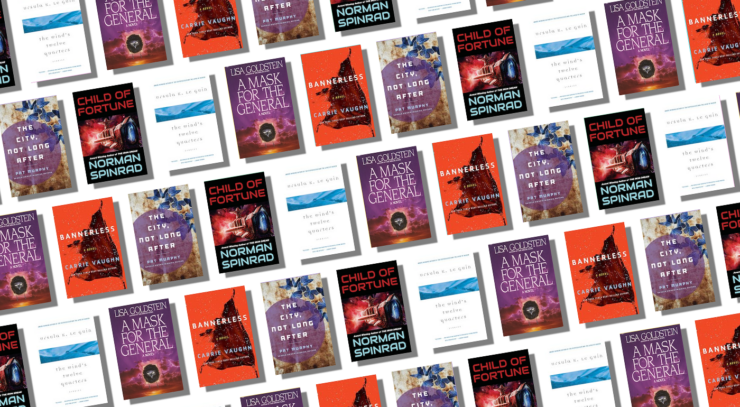A passage in an old Norman Spinrad Locus interview caught my eye recently.
Providing hope is something science fiction should be doing. It sounds arrogant to say it, but if we don’t do it, who the hell will? One of the social functions of science fiction is to be visionary, and when science fiction isn’t being visionary, it hurts the culture’s visionary sense.
A bold thesis! Providing hope may not be science fiction’s primary activity, but it’s certainly within the realm of things that SF can do, even under very trying circumstances. At this particular time, that might seem hard to believe… but it’s true. Here are a few hope-filled works—to be clear, these are not books in which no bad things happen; it’s just that the badness does not destroy the dogged belief that things can get better.
Child of Fortune by Norman Spinrad (1985)
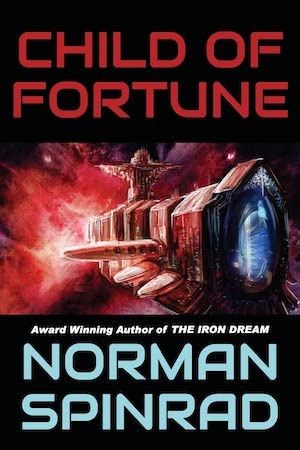
Normally, I would arrange the reviewed works in order of publication but the quotation above was by Spinrad, in reference to this very book, so it gets to go first.
The Jump Drive gave humans cheap, convenient interstellar travel. One consequence was the revived custom of the wanderjahr. Many human worlds have adopted the practice, sending their teens off to visit other worlds. Most teens discover who they are in the process. A few never stop wandering.
Moussa is upset when her parents don’t give her the funds for a luxury cruise, but nonetheless heads out into space. Initial setback: she blows through her entire budget on the first planet she visits. But she perseveres and adventures ensue!
One of which involves what could be called the planet of dreams… or for the unlucky, the planet of no return.
This is a rare example of an SF novel in which the challenge is personal growth, not space opera battles or struggles against a big bad. Moussa doesn’t even have to deal with poverty and oppression. Wherever she goes, the destitute are supported, if not luxuriously. We know that she’ll survive, as the novel is written in first person, a recounting of her teen adventures. We can be reasonably sure that she will return unscathed and, one hopes, wiser from her adventures.
“The Day Before the Revolution” by Ursula K. Le Guin (1974)
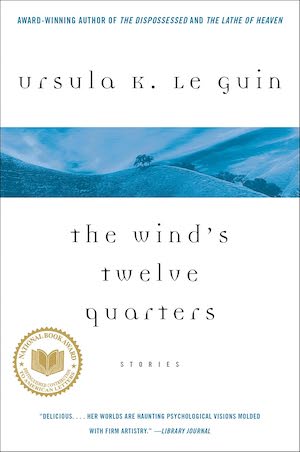
Laia lives on a distant, isolated world populated by humans (of a lightly furred sort). She believes passionately in Odonianism, an anarchist political philosophy akin to the teachings of Earth’s Kropotkin or Goldman. The society around her does not find Odo persuasive. The government hasn’t either. Laia has often been a political prisoner.
Her fellow Odonians revere Laia, which she finds disconcerting. Following a leader is not consistent with Odo’s teachings. But there is some hope: news arrives of successful revolution in distant Thu. Not every society is deaf to Odo.
This story seems to be a prequel to Le Guin’s novel The Dispossessed (also published in 1974). That novel is set partially on an Odonian moon colony, partially in Thu. It’s very clear that Anarres, the moon society, hasn’t turned out quite as Laia or Odo had hoped. Hence the novel’s subtitle, “an ambiguous utopia.” Nevertheless, the novel makes it clear that Anarres is a much better place to be poor (as everyone there is by Thuvian standards) than is Thu. Laia’s hopes have been to great extent fulfilled.
A Mask for the General by Lisa Goldstein (1987)
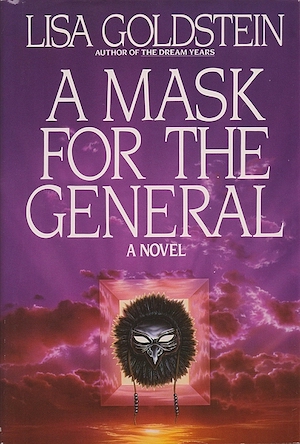
Innovative networked computerization made American banking far more efficient in every respect. Therefore, malicious software that might have in the past have been calamitous for a single bank is instead a continental-scale disaster. Chaos ensued until General Otis Gleason seized power. Nine years later, the economy has not yet recovered.
Many Americans chafe under Gleason’s obsessive micromanagement and enforced conformity. Thus far, efforts to depose him have failed. Mask maker Layla is convinced that she has the means to force Gleason to relent and restore democracy. Layla is quite mad. The state knows how to deal with lunatics.
This isn’t the sort of book where at the last minute the apparent mad person suddenly manifests a glowing aura and fixes everything with the power of heart. It is also not the sort of book that ends with a boot stamping on a human face forever. Layla has no special powers, but she may be the social catalyst that the US needs.
The City, Not Long After by Pat Murphy (1989)
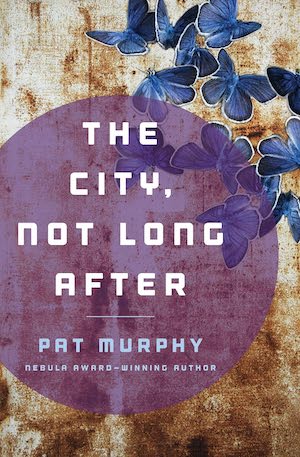
The prophecy that if “the monkeys were to leave the monastery in the Valley of Peace, they would bring peace to the world,” came true… in a sense. The cataclysmic pandemic for which the monkeys were carriers left the world an emptier, quieter place. Old rivalries vanished when the rivals perished.
Decades later, civilization is recovering and the graveyard peace has ended. General Fourstar is methodically conquering community after community. San Francisco is next on his to-do list. This presents the artists’ community of San Francisco with a dilemma: stay true to their principles, which may give them no way to resist, or resist using methods that are anathema.
I would not myself immediately think of resisting an invading army with applied art, but artists respond to challenge in an artistic way.
Bannerless by Carrie Vaughn (2017)
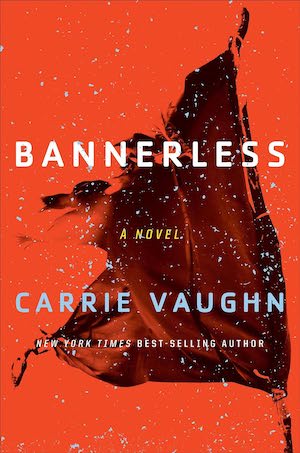
Climate change coupled with pandemics have crashed civilization. Across the world, continental-scale societies have dissolved into a patchwork of small communities. Happily for the survivors, humans hit bottom and rebounded before the human species was extinct. The old civilization is dead, but new cultures are sprouting. Hope!
The Coast Road communities are one such new growth. They have government and law, therefore they also have crime. It is Enid and Tomas’ job to travel from town to town, investigating possible crimes and doling out appropriate punishments. The tiny town of Pasadan presents them with a puzzle. Sero’s death was most definitely violent… but was it murder? Finding the answer to that will mean uncovering secrets the people of Pasadan do not want uncovered.
People will be people always, some good and some bad, but in this novel the bad find themselves in an attractive post-apocalyptic society. And yet, kindness and the urge to do good are not lost.
These works are only a few examples of hopeful books. No doubt readers may be hammering away at their keyboard to remind me of hopeful books I did not mention (in many cases because I had already reviewed those works). By all means, comment away!










